Have you ever fallen in love with a dog’s adorable face, only to discover later that they’re not the perfect fit for your family? It’s a heartbreaking realization, especially for passionate dog lovers. Sometimes, certain breeds just aren’t cut out for the hustle and bustle of family life. From surprising temperaments to overwhelming energy, some dogs need a special kind of home. Ready to be shocked, saddened, or maybe even a little relieved? Let’s explore the 10 dogs experts warn might not be right for the average family—no matter how cute they look.
Chow Chow: The Aloof Aristocrat
Chow Chows might look like big, fluffy teddy bears, but don’t let their cuddly appearance fool you. Experts often describe them as independent and sometimes downright aloof, preferring to do things their own way. While fiercely loyal to one person, they can be standoffish—even grumpy—with strangers, children, and other pets. This breed requires a steady, experienced hand and consistent training. They’re not known for being patient with the unpredictable behavior of young kids. If you’re looking for a playful, easygoing companion for your children, a Chow Chow might leave you cold. They do best in quiet homes with adults who respect their boundaries.
Dalmatian: The High-Energy Dynamo
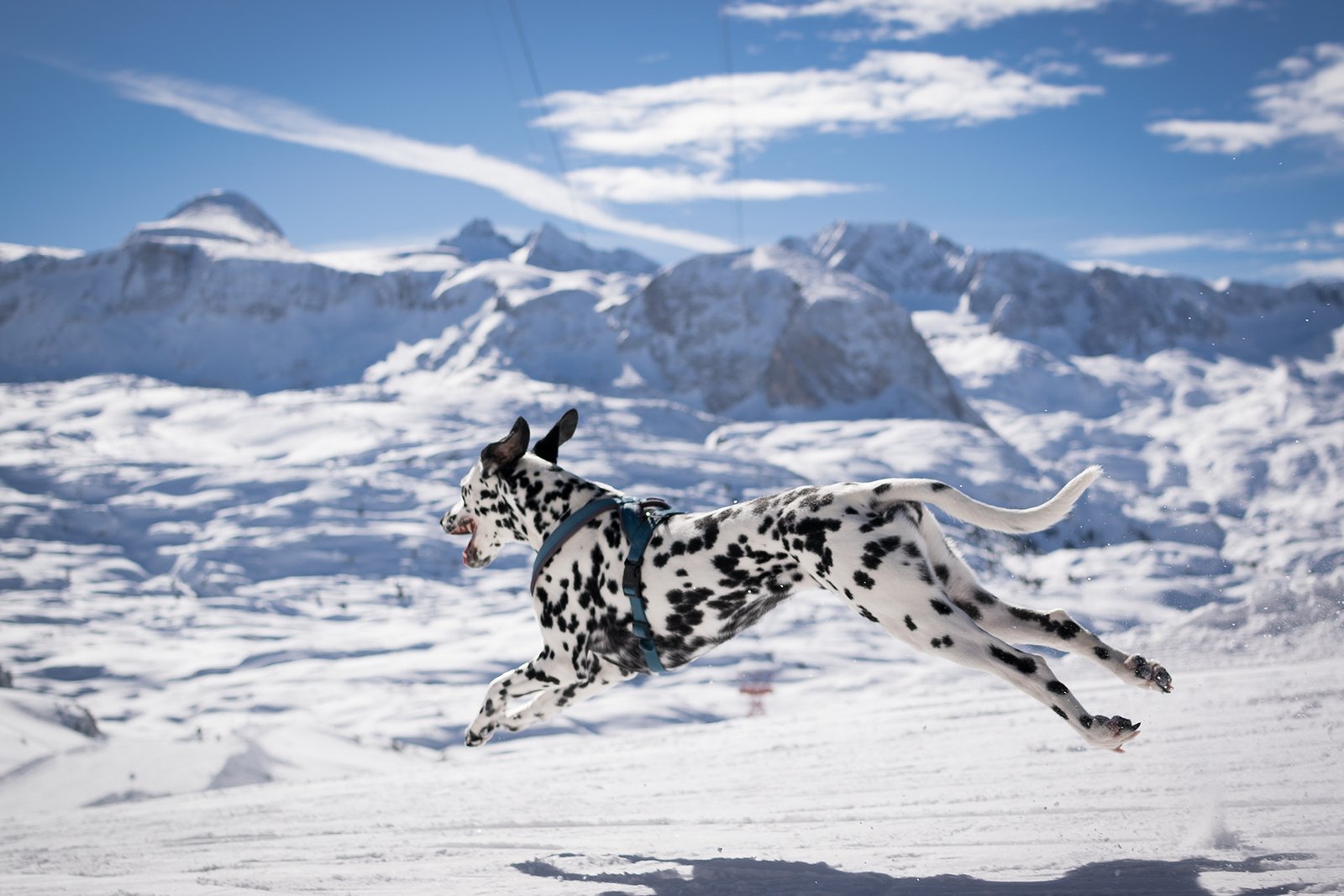
Thanks to movies, Dalmatians have become iconic symbols of family fun. But in reality, these spotted beauties have energy to burn—and then some. Dalmatians were bred to run for miles alongside horse-drawn carriages, so they need loads of exercise every day. Without enough activity and mental stimulation, they can become anxious, destructive, or even aggressive. Their strong-willed nature means they aren’t always easy to train, and their excitement can overwhelm small children. For families who don’t have hours each day to dedicate to physical play, Dalmatians can quickly become a handful.
Afghan Hound: The Elegant Escape Artist
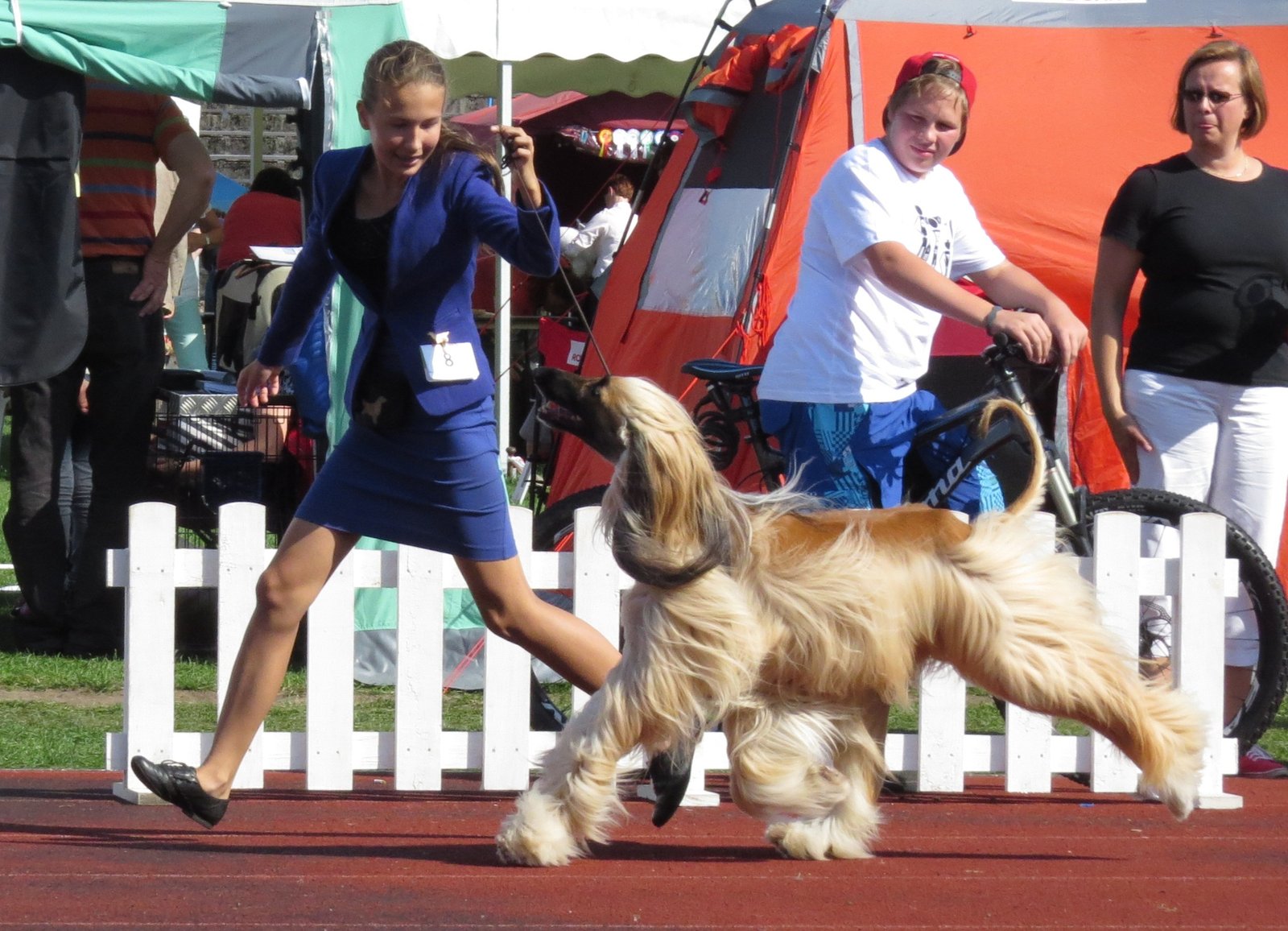
Afghan Hounds are breathtakingly beautiful, with their long flowing coats and regal posture. But they’re also notorious for their independent streak. These dogs are expert escape artists, often slipping out of yards or darting away on walks. Their aloofness can make them seem distant, and they’re not known for being especially affectionate with children. Afghan Hounds need gentle, patient training and a watchful eye to keep them safe. For families who want a dog that’s eager to please and easy to train, the Afghan Hound’s stubbornness can be a real challenge.
Alaskan Malamute: The Strong-Willed Sledder
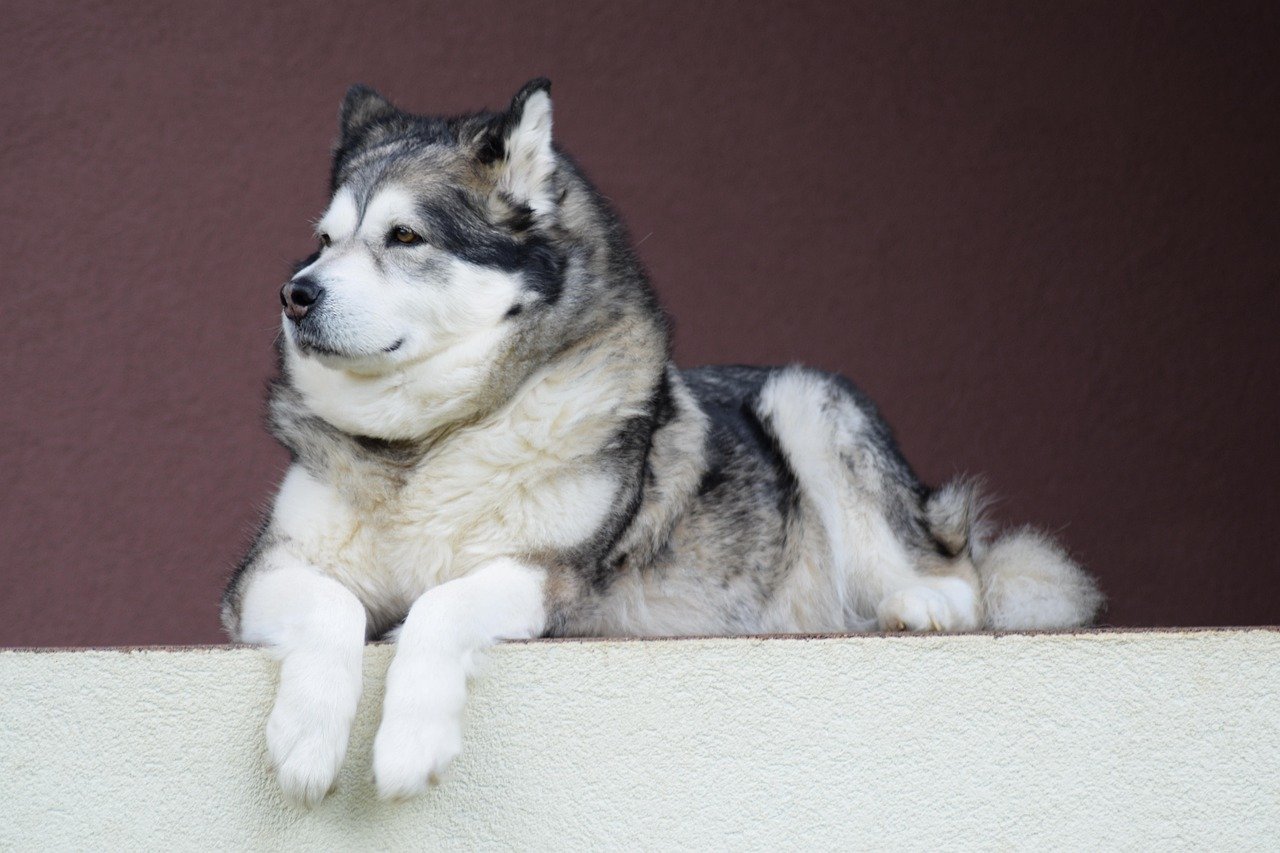
Alaskan Malamutes are majestic and powerful, bred to pull heavy sleds over long distances. Their incredible strength and endurance make them wonderful working dogs—but not always the best family companions. Malamutes are known for being stubborn, independent, and sometimes dominant. They require firm, consistent leadership and plenty of space to roam. Without enough activity, they can become bored and destructive. Their size alone can be intimidating for small children, and their high prey drive means they might not get along with other pets. For families with limited space or experience, Malamutes may prove too much to handle.
Chihuahua: The Tiny Tyrant
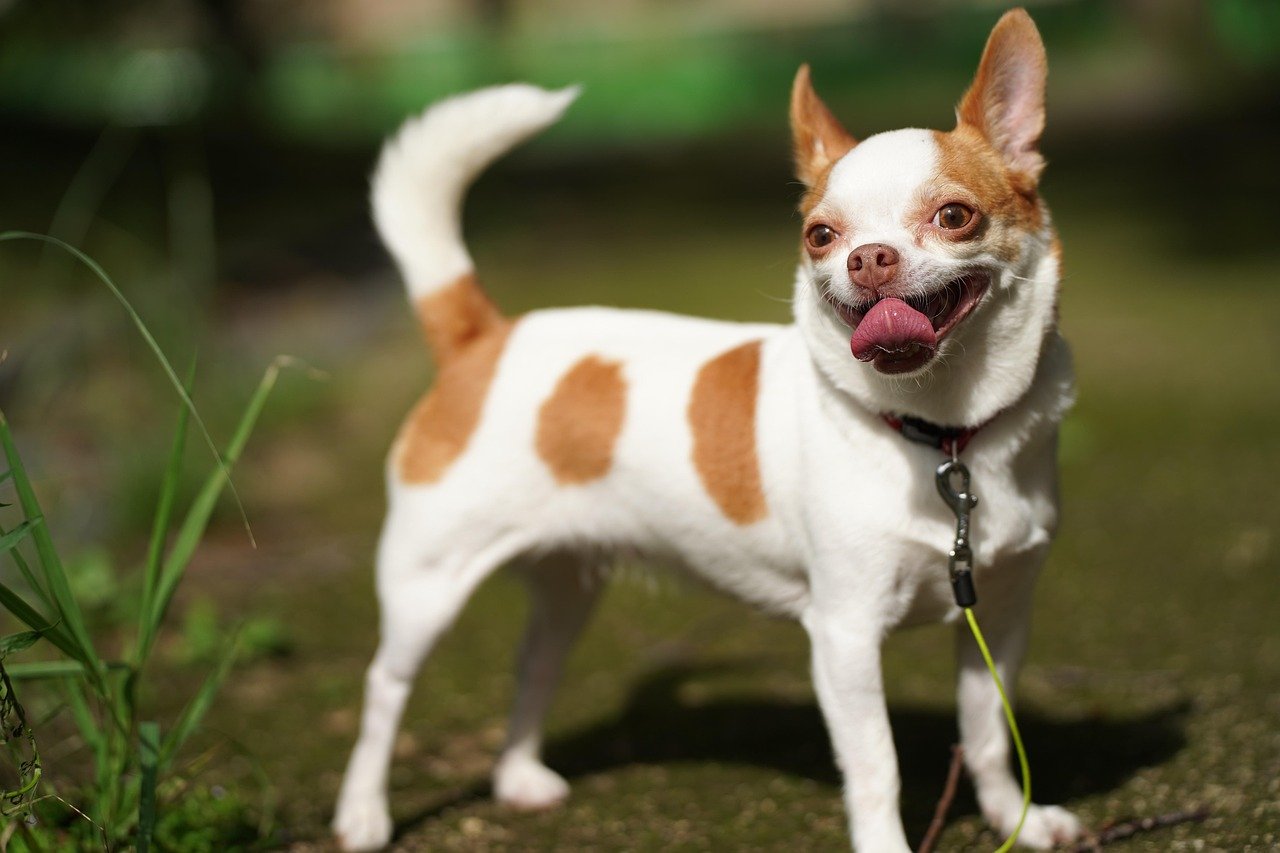
It’s easy to assume that a tiny Chihuahua would be the perfect family pet. But experts often caution against this breed for families with young kids. Chihuahuas are fiercely loyal to one or two people and can be possessive or snappy, especially if they feel threatened. Their delicate size also makes them vulnerable to accidental injury from playful children. Despite their small stature, Chihuahuas don’t always have a gentle temperament and may nip if they’re annoyed. They’re best suited to adult households or families with older, respectful children who understand how to interact with small dogs.
Shar Pei: The Wrinkled Enigma
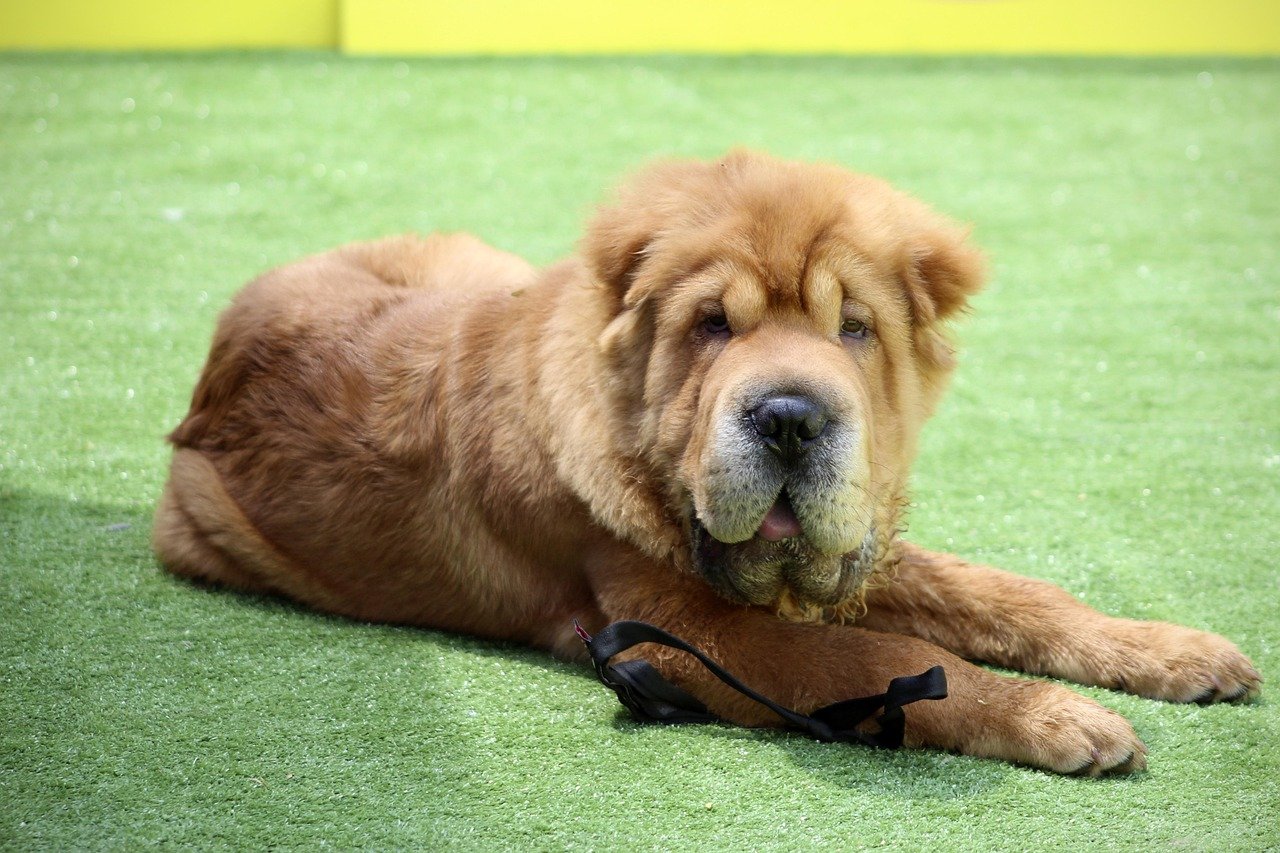
With their unmistakable wrinkles and unique look, the Shar Pei stands out in any crowd. But their appearance hides a complex and sometimes challenging temperament. Shar Peis are known for being reserved and even suspicious of strangers. They often bond closely with one family member, making them less ideal for busy households with lots of visitors or children. Their independent nature can make training difficult, and they can be territorial. These dogs need early socialization and an owner who understands their quirks. For families seeking an outgoing, affectionate pet, the Shar Pei may disappoint.
Akita: The Powerful Protector
Akitas are stunning and dignified, but they’re also known for their intense loyalty and protective instincts. While this makes them excellent guard dogs, it can spell trouble in a busy family environment. Akitas can be wary of strangers and sometimes aggressive toward other animals. Their strength and independence mean they need an owner who can provide firm, consistent guidance. Experts warn that Akitas are not the best choice for first-time owners or families with lots of young children. Their calm exterior hides a bold personality that’s best matched with experienced hands.
Australian Cattle Dog: The Tireless Worker
Bred for herding cattle over rugged terrain, the Australian Cattle Dog is one of the most energetic breeds you’ll ever meet. These dogs crave a job and thrive on mental and physical challenges. If they’re bored or under-stimulated, they can develop behavioral problems, including biting or herding children. Their strong herding instinct means they might nip at heels or chase small kids around the yard. Without a dedicated outlet for their energy, these dogs can be a whirlwind of chaos. For families who aren’t deeply committed to dog training and exercise, the Australian Cattle Dog can be overwhelming.
Jack Russell Terrier: The Spirited Livewire
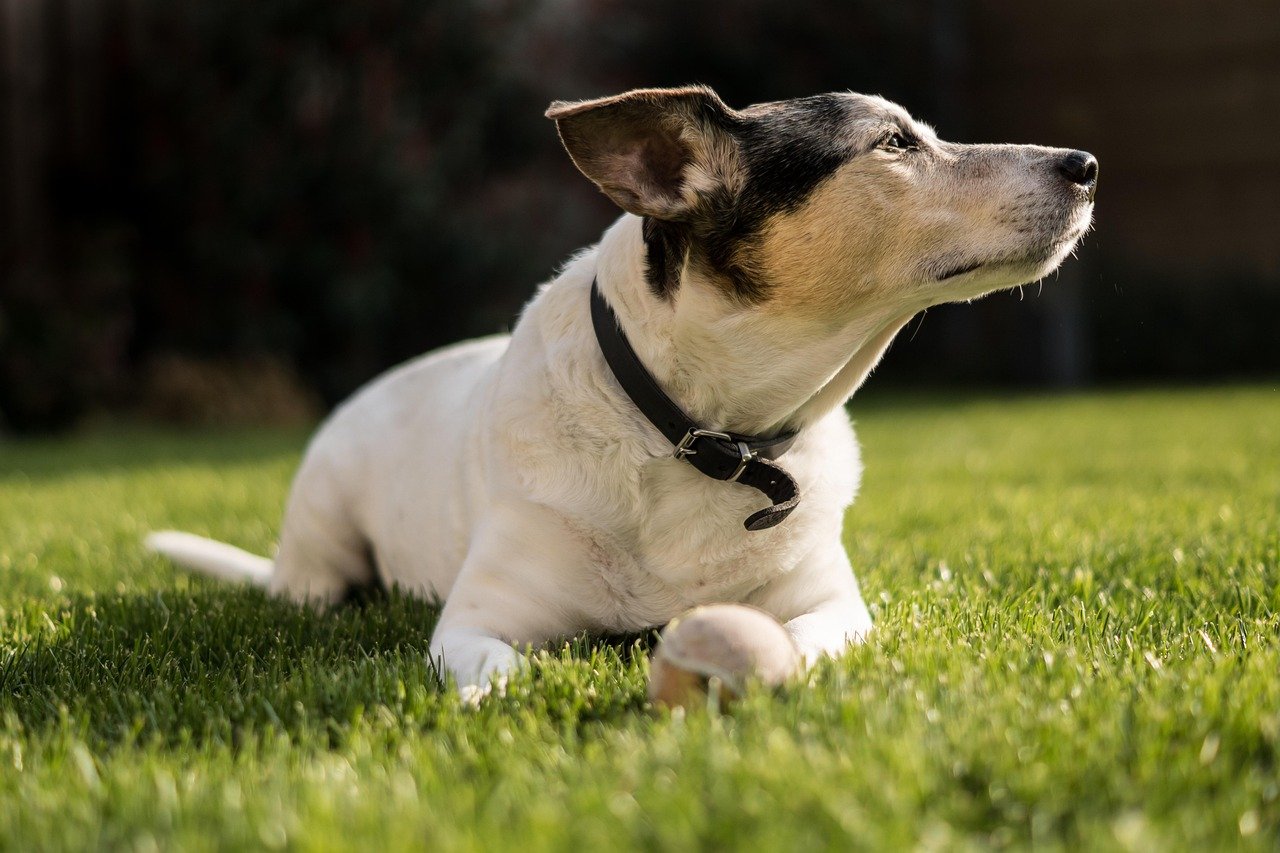
Jack Russell Terriers are small but mighty, bursting with energy and intelligence. They have a reputation for being fun and lively, but their intensity can be too much for many families. Jack Russells need constant stimulation, both mentally and physically. Left to their own devices, they can become destructive and mischievous. Their strong prey drive and quick reflexes make them prone to chasing anything that moves, including small children and other pets. They can also be stubborn, making training a challenge. For busy families without the time or patience for daily activities and obedience work, a Jack Russell may quickly become a handful.
Weimaraner: The Velcro Dog with Big Demands
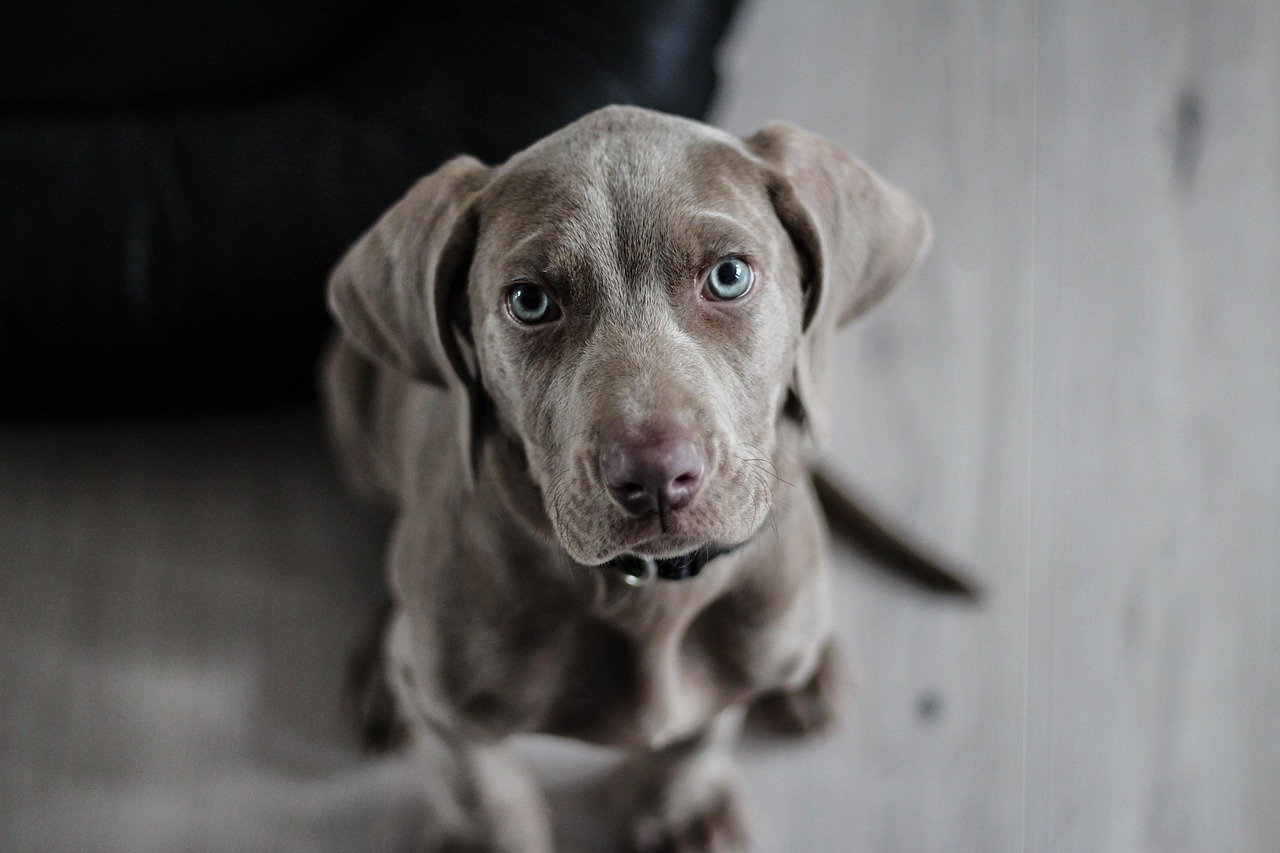
Weimaraners are often called “velcro dogs” because of their intense attachment to their people. While this might sound ideal, their need for constant companionship can be draining for busy families. Weimaraners are prone to separation anxiety and can become destructive if left alone for too long. They’re also incredibly energetic and require lots of exercise—much more than the average family might expect. Their exuberance can be overwhelming for small kids, and without enough stimulation, they may develop behavioral problems. For households with a hectic schedule, the Weimaraner’s demands can quickly become too much to handle.






